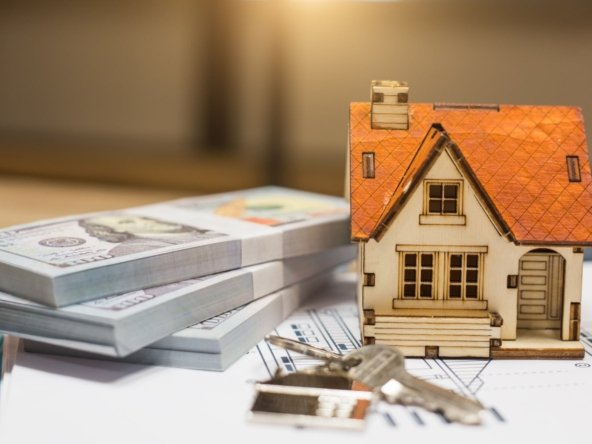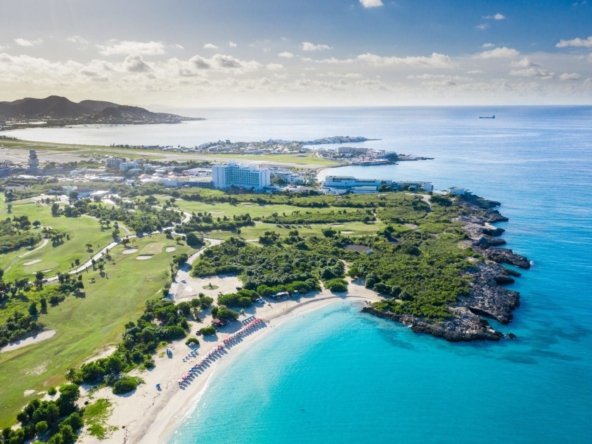Welcome to the vibrant and picturesque island of Sint Maarten, a thriving hub for property development in the Caribbean. With its unique blend of Dutch and Caribbean cultures, stunning landscapes, and favorable investment climate, Sint Maarten offers unparalleled opportunities for property developers. This guide provides a detailed overview of property development in Sint Maarten, including the benefits, types of developments, the development process, and key considerations for success.
Why Develop Property in Sint Maarten?
- Growing Tourism Industry: Sint Maarten attracts over a million tourists annually, drawn by its beautiful beaches, vibrant nightlife, and diverse activities. This strong tourism market creates a constant demand for new hotels, resorts, and vacation rentals.
- Strategic Location: The island’s proximity to major North American and European cities, coupled with direct flights, makes it a convenient destination for travelers and investors alike.
- Economic Stability: As a constituent country within the Kingdom of the Netherlands, Sint Maarten enjoys political and economic stability, providing a secure environment for long-term investments.
- Tax Incentives: The absence of property taxes and capital gains taxes on the Dutch side of the island makes property development financially attractive.
- Multicultural Appeal: The island’s blend of Dutch, French, and Caribbean cultures, along with a welcoming expatriate community, enhances its appeal to international buyers and investors.
Types of Property Developments
1. Residential Developments: These include luxury villas, condominiums, and gated communities. High-end developments are particularly popular, offering ocean views, modern amenities, and close proximity to beaches and entertainment.
2. Commercial Developments: Opportunities abound in retail spaces, office buildings, and mixed-use developments. The growing economy and increasing tourist numbers drive demand for commercial properties.
3. Hospitality Developments: Hotels, resorts, and vacation rental complexes are in high demand due to the thriving tourism industry. Developing boutique hotels or all-inclusive resorts can be particularly profitable.
4. Infrastructure Projects: There is also a need for infrastructure improvements, such as marinas, transportation hubs, and utilities, which offer long-term investment potential.
The Property Development Process
1. Market Research and Feasibility Study: Begin by conducting thorough market research to understand demand, competition, and potential return on investment. A feasibility study will help determine the viability of your project and identify any potential challenges.
2. Land Acquisition: Identifying and acquiring the right piece of land is crucial. Work with local real estate agents to find suitable plots. Ensure that the land has clear title and is zoned for your intended use.
3. Planning and Design: Engage architects and planners to design your project. Consider factors such as sustainability, local architectural styles, and integration with the surrounding environment. Obtaining the necessary permits and approvals from local authorities is essential at this stage.
4. Financing: Secure financing for your project. This can come from personal funds, bank loans, or investors. Ensure that your financial plan accounts for all aspects of development, including construction costs, marketing, and contingencies.
5. Construction: Hire reputable contractors with experience in Caribbean construction. Monitor the construction process closely to ensure quality and adherence to timelines and budgets.
6. Marketing and Sales: Develop a marketing strategy to attract buyers or tenants. Utilize online platforms, social media, and partnerships with local real estate agents. Highlight the unique features of your development and its location.
7. Property Management: Once the development is complete, consider hiring a property management company to handle day-to-day operations, maintenance, and tenant relations. This ensures the property is well-maintained and provides a hassle-free experience for owners or guests.
Key Considerations for Successful Property Development
1. Understanding Local Regulations: Familiarize yourself with local building codes, zoning laws, and environmental regulations. Compliance is crucial to avoid delays and legal issues.
2. Sustainability: Incorporate sustainable practices into your development, such as energy-efficient designs, renewable energy sources, and water conservation. Sustainable properties are increasingly attractive to eco-conscious buyers and can reduce operational costs.
3. Cultural Sensitivity: Respect local customs, traditions, and architectural styles. Collaborating with local designers and builders can help create developments that blend seamlessly with the island’s character.
4. Risk Management: Consider potential risks such as hurricanes and economic fluctuations. Ensure your development is designed to withstand natural disasters and have contingency plans in place.
5. Community Engagement: Engage with the local community to gain support for your project. Community involvement can provide valuable insights and foster goodwill, enhancing the long-term success of your development.
Conclusion
Property development in Sint Maarten offers exciting opportunities for investors and developers looking to capitalize on the island’s thriving tourism industry, economic stability, and attractive investment climate. By understanding the market, following a structured development process, and considering key factors for success, you can create profitable and sustainable developments that contribute to the island’s growth and appeal.
Ready to embark on your property development journey in Sint Maarten? Contact us today! Our experienced team is here to guide you through every step of the process, from land acquisition to project completion, ensuring your development is a great success.



